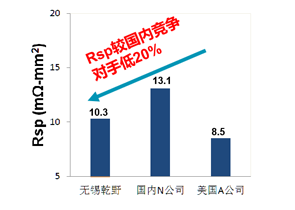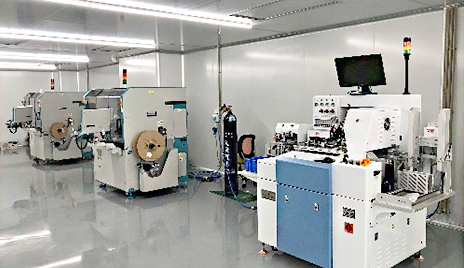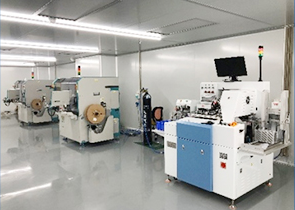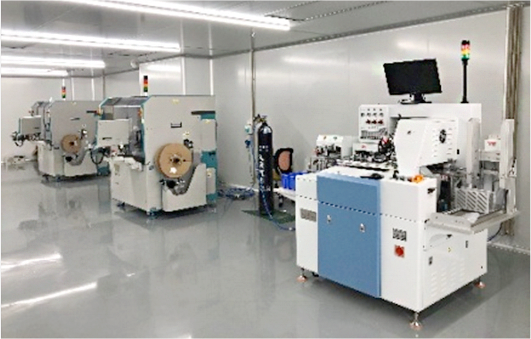

電話:13380690588? ? ? ??QQ: 283893409? ? ? ??郵箱: jiw@fnk-tech.com
地址: 廣東省惠州市金龍大道68號(hào)小區(qū)10號(hào)廠房四樓
版權(quán)所有?無錫市乾野微納電子有限公司? ? ? ??技術(shù)支持:小狐科技

客服電話
13380690588

For future chips, IBM shows new ambitions
Now, an update to IBM's quantum computing roadmap suggests the company is gearing up to build a 4,000-qubit machine by 2025. But for the device to do anything useful, a robust new software stack would need to be developed to help manage errors, share the load with classic hardware, and simplify the programming process.
Since IBM first announced its plans for quantum hardware in 2020, the company has largely stuck to the schedule. The latest milestone achieved by that prediction was the company's release of the 127-qubit Eagle processor last November. The first iteration of the roadmap ended with a 1,121-bit Condor processor scheduled for release in 2023, but now the company has revealed plans to launch a 1,386-qubit processor called Flamingo and a Kookaburra in 2024 The 4,158-qubit device will debut in 2025.
The key to building these devices will be a new modular architecture in which multiple chips are connected to create one large processor. This will be achieved through new short-range couplers, which allow communication between qubits on adjacent chips, and cryogenic microwave cables, which allow long-range connections between different processors.
picture.png
? ?Kookaburra will expire in 2025 and will have 4,158+ qubits.
But quantum hardware is error-prone and extremely complex, so simply connecting a large number of qubits together doesn't necessarily mean you can do much real work with them. Key to the ability to harness these extra qubits, IBM believes, will be an "intelligent software layer" that enhances its quantum chips with classical tools that can help manage noise and enhance its processing power.
"We believe that classical resources can really enhance what you can do with quantum and take full advantage of quantum resources," said Blake Johnson, IBM's head of quantum platforms. "So we need to build tools -- an orchestration layer, if you will -- —It allows quantum computing and classical computing to work together in a seamless way.”
The fundamental challenge of quantum hardware remains its inherent noise, and Johnson said there is "a significant amount of research activity" to scale up error mitigation techniques. So far, most innovations have only been tested on smaller systems. But Johnson said early results suggest that an approach called probabilistic error cancellation will work for the device size IBM envisioned at the end of its quantum roadmap. The technique involves deliberately running noisy versions of quantum circuits to learn the contours of the noise, and then using postprocessing on a classical computer to reduce the level of error in the answers.
However, applying these techniques requires considerable expertise. This limits the usefulness of these techniques to the average developer. That's why, starting in 2024, IBM plans to build bug mitigation directly into its Qiskit Runtime software development platform, so users can build programs without specifically thinking about how to reduce noise. "We want these things to be automatic for the user," Johnson said. "In order to get meaningful results from quantum computing, you don't have to be a quantum control expert."
? ?By 2025, the company plans to launch a toolbox of circuit weaving methods that developers will be able to use to build algorithms that take advantage of both classical and quantum resources. To support this, they will also adopt a "quantum serverless" approach, in which developers don't need to think about what hardware is needed to run the code, and quantum or classical resources are automatically provided as needed.
Other News





Tel:13380690588? ? ? ??QQ: 283893409? ? ? ??E-mail: jiw@fnk-tech.com
Add: 4th Floor, Workshop 10, 68 Jinlong Road, Huizhou City, Guangdong Province? ??
Copyright ? Wuxi Qianye Micro-Nano Technology?Company Limited. All Rights reserved? ? ? ??Technical support:?:www.xiaohu888.com

Service telephone
13380690588








